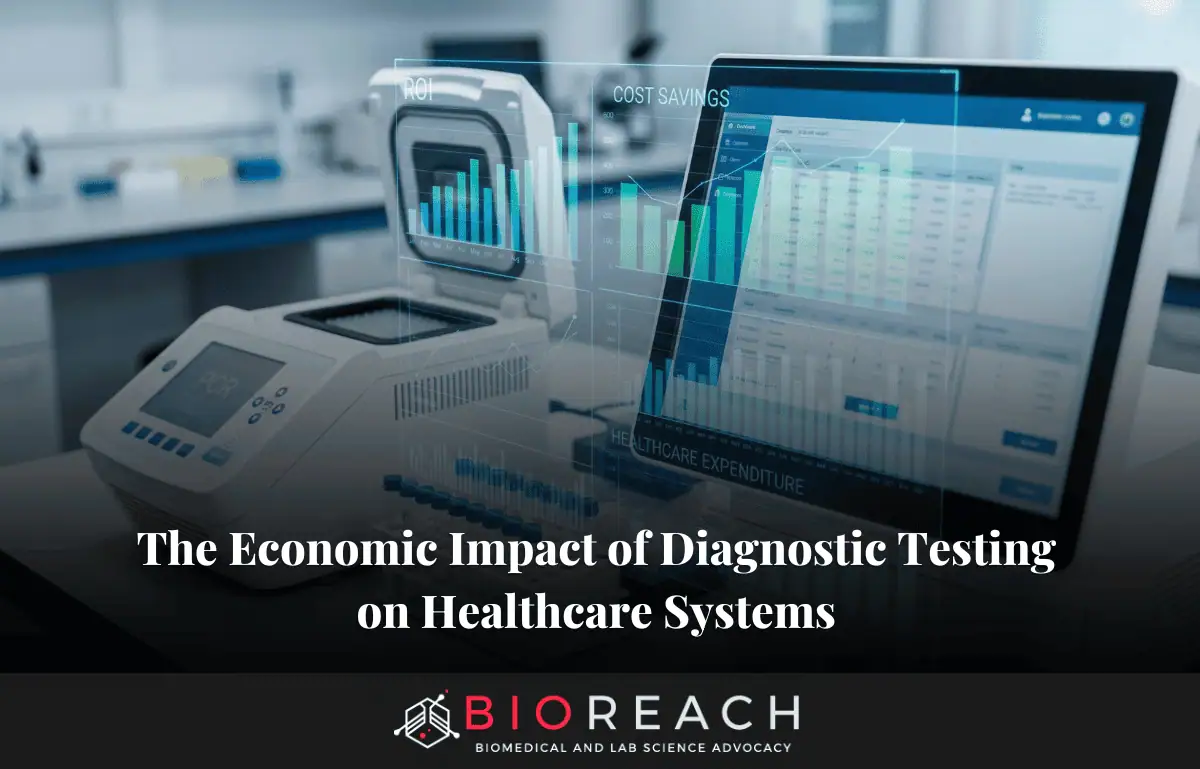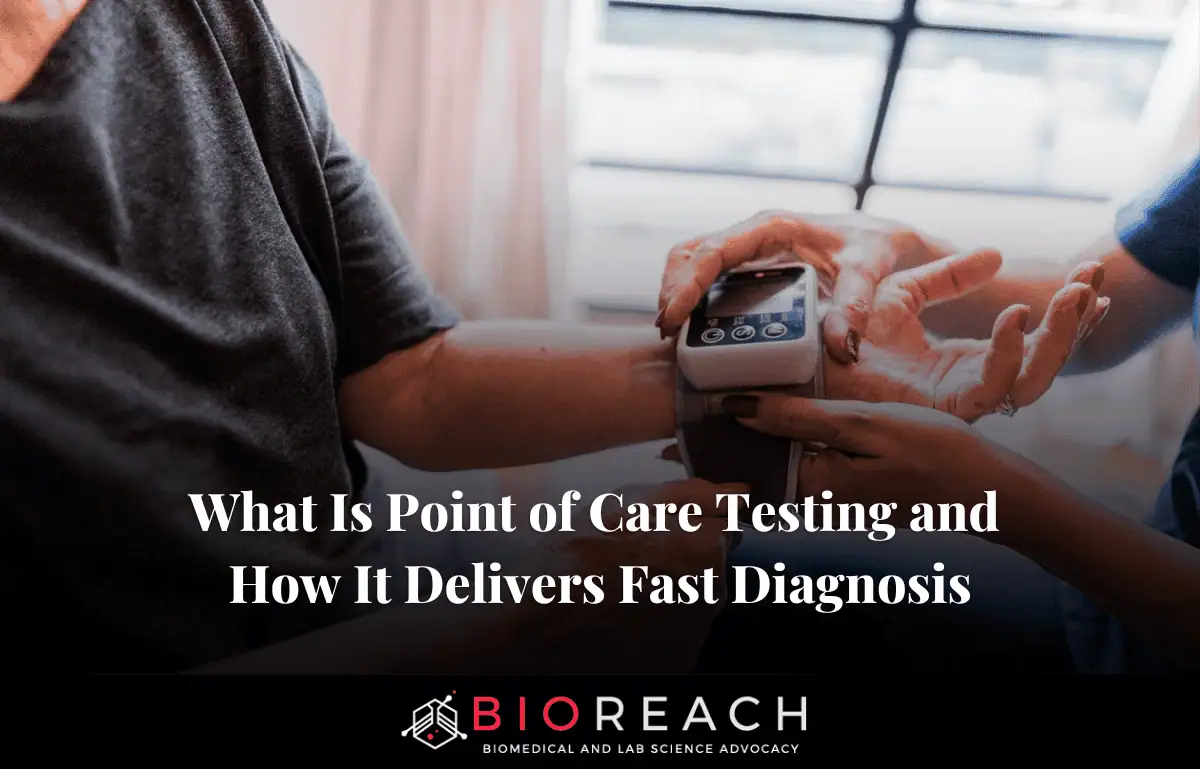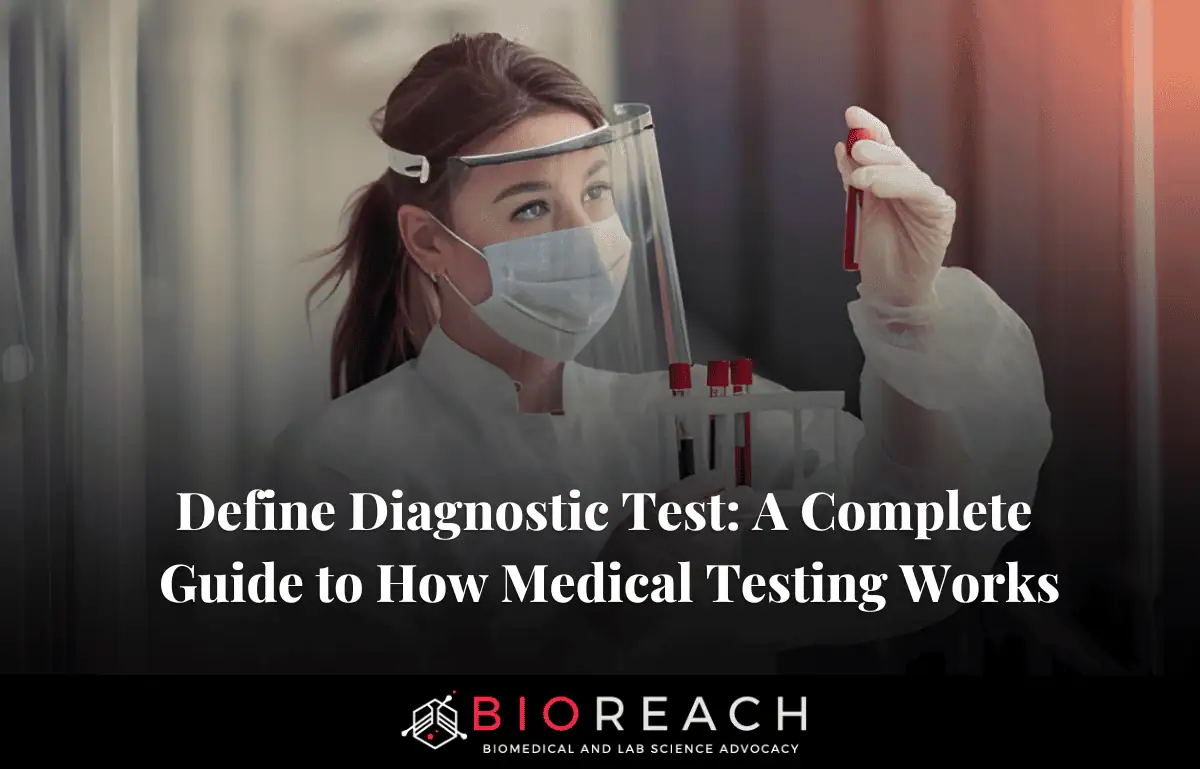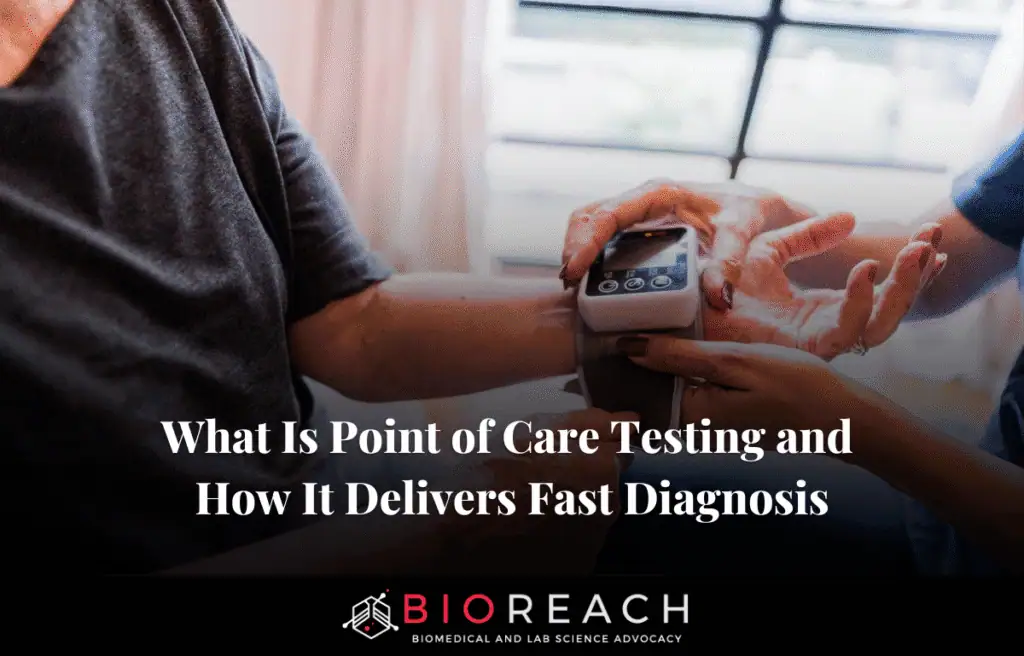In the realm of lab medicine, where diagnostic accuracy can mean the difference between life and death, credentialing and certification serve as the bedrock of professional standards. Credentialing refers to the systematic process of verifying an individual’s qualifications, education, experience, and competence to perform specific roles in a clinical laboratory. It often involves background checks, reference verifications, and assessments of licensure or certification status.
Certification, on the other hand, is a voluntary or mandatory formal recognition granted by an independent certifying body, attesting that a professional has met predetermined standards through education, examinations, and ongoing professional development. These mechanisms ensure that laboratory personnel, from medical laboratory scientists (MLS) to histotechnicians, are equipped to deliver reliable results that inform up to 70% of medical decisions.
The importance of these processes cannot be overstated, particularly in patient safety. Laboratory errors, though relatively rare at a frequency of 0.012% to 0.6% of all test results, have profound impacts: they influence 60-70% of diagnoses and treatments, potentially leading to delayed care, inappropriate therapies, or increased healthcare costs. Studies show that pre-analytical errors (e.g., specimen mislabeling) account for 46-68.2% of total errors, while post-analytical issues (e.g., reporting mistakes) make up 18.5-47%. Certification and credentialing mitigate these risks by enforcing rigorous training and competency evaluations. For instance, accredited laboratories under standards like ISO 15189 reduce errors through standardized procedures, risk management, and continuous audits, leading to faster diagnostics and better patient outcomes.
In the U.S., where clinical laboratories perform over 14 billion tests annually, upholding these standards is essential to prevent the estimated 40,000-80,000 annual deaths from diagnostic errors, many linked to lab processes.
This article explores the historical evolution, key organizations, processes, benefits, challenges, and future trends in credentialing and certification within lab medicine. By delving into specific examples, policies, and data, it illustrates how these systems not only maintain quality but also adapt to an ever-evolving healthcare landscape.
Historical Evolution of Credentialing and Certification
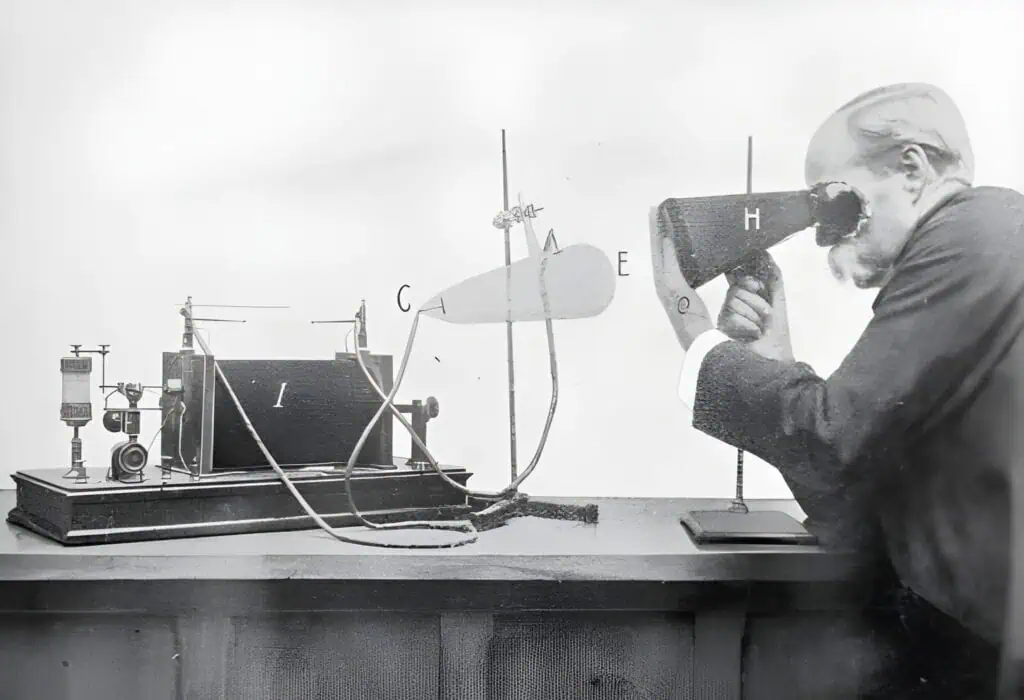
The roots of credentialing and certification in laboratory medicine trace back to the late 19th century, amid epidemic outbreaks like typhoid and tuberculosis that heightened the need for reliable diagnostic testing. Initially, hospital laboratories were rudimentary, often viewed as a “luxury” in the early 1900s, with roles filled predominantly by women due to societal norms limiting their opportunities in medicine. The American College of Surgeons’ 1919 accreditation standard mandating hospitals to have clinical laboratories marked a turning point, spurring the need for standardized personnel.
Formal credentialing began in the 1920s with the formation of the American Society of Clinical Pathologists (ASCP) in 1922. By 1926, ASCP’s Committee on Registration of Technicians established rules for a registry, leading to the ASCP Board of Registry (BOR) in 1928, chaired by Phillip Hillkowitz, MD. The first certificate was issued in 1930 to Paul H. Adams, and by 1931, the use of “MT” (Medical Technician) and “LT” (Laboratory Technician) initials began, with MT certification formalized. Examinations evolved from oral and practical formats in 1933 to multiple-choice by 1948, reflecting a shift toward objectivity.
The 1930s and 1940s saw debates on professional status, with the term “medical technologist” adopted in 1936 alongside the formation of the American Society for Medical Technology (ASMT). Educational prerequisites increased: two years of liberal arts by 1938, and three years of college by 1962. Specialist certifications emerged in the 1950s, such as Specialist in Microbiology (SM) in 1953 and Specialist in Blood Banking (SBB) in 1954. The 1960s introduced the Medical Laboratory Technician (MLT) certification in 1969.
The 1970s focused on autonomy, with the National Accrediting Agency for Clinical Laboratory Sciences (NAACLS) formed in 1974 amid legal challenges against monopolistic practices. ASMT was renamed to the American Society for Clinical Laboratory Science (ASCLS) in 1978. The Clinical Laboratory Improvement Amendments (CLIA) of 1988 set federal standards for personnel and testing complexity, solidifying credentialing’s role. By the 2010s, ASCP BOR had evolved into the Board of Certification (BOC), offering 29 certifications and emphasizing international outreach. This progression from informal training to rigorous, standardized credentialing mirrors the profession’s growth into a high-tech field driven by technological advances and patient safety demands.
Key Organizations and Their Roles
Several organizations spearhead credentialing and certification, each contributing uniquely to upholding standards.
The ASCP Board of Certification (BOC) is a leader, offering 29 certifications across categories like technologists, technicians, and specialists. For Medical Laboratory Scientist (MLS), eligibility requires a baccalaureate degree and completion of an NAACLS-accredited program or equivalent experience; the exam covers areas like blood banking and microbiology. A Medical Laboratory Technician (MLT) needs an associate degree, while a Phlebotomy Technician (PBT) requires high school and clinical training. Maintenance involves Qualification in Laboratory Operations (QLO) every three years via continuing education. International certifications like International MLS (IMLS) adapt U.S. standards globally.
NAACLS accredits educational programs, ensuring they meet standards for MLS, MLT, histotechnology, and more. Accreditation involves self-study, site visits, and compliance with standards on curriculum, faculty, and outcomes, benefiting programs by enhancing quality and employability.
The College of American Pathologists (CAP) focuses on laboratory accreditation, inspecting over 8,000 labs with discipline-specific checklists updated annually by 500+ pathologists. Its peer-inspection model fosters best practices, exceeding CLIA requirements for accuracy and patient diagnosis.
Other bodies include the American Board of Clinical Chemistry (ABCC), certifying doctoral-level directors to meet CLIA high-complexity standards, and A2LA, combining ISO 15189 with CLIA for clinical testing accreditation. ASCLS advocates for licensure, setting minimum standards to protect public health.
The Process of Credentialing and Certification In Lab Medicine

The journey begins with education from NAACLS-accredited programs, followed by certification exams.
For ASCP BOC, applicants submit transcripts and experience documentation online. Exams are computer-adaptive, lasting 2.5 hours with 100 questions; passing scores are scaled to 400 out of 999. Maintenance requires 36 credential maintenance points (CMP) every three years, including lab-related CE and safety training.
Credentialing in employment involves verifying certifications via primary sources, background checks, and competency assessments per CLIA. Licensure in states like California requires state exams beyond certification.
Proficiency testing, mandated by CLIA, evaluates ongoing competence through external samples.
Benefits to Patients, Professionals, and Systems
Certification enhances patient safety by reducing errors; trained staff cut pre-analytical errors through education interventions. Accredited labs under CAP or ISO see improved diagnostics and fewer sentinel events.
Professionals gain better job prospects, higher salaries (e.g., certified MLSs earn 10-15% more), and career satisfaction. Systems benefit from lower error rates, compliance with regulations, and efficient care. ASCLS positions certification as key to a “culture of safety,” integrating competencies like evidence-based practice.
Challenges in Maintaining Standards
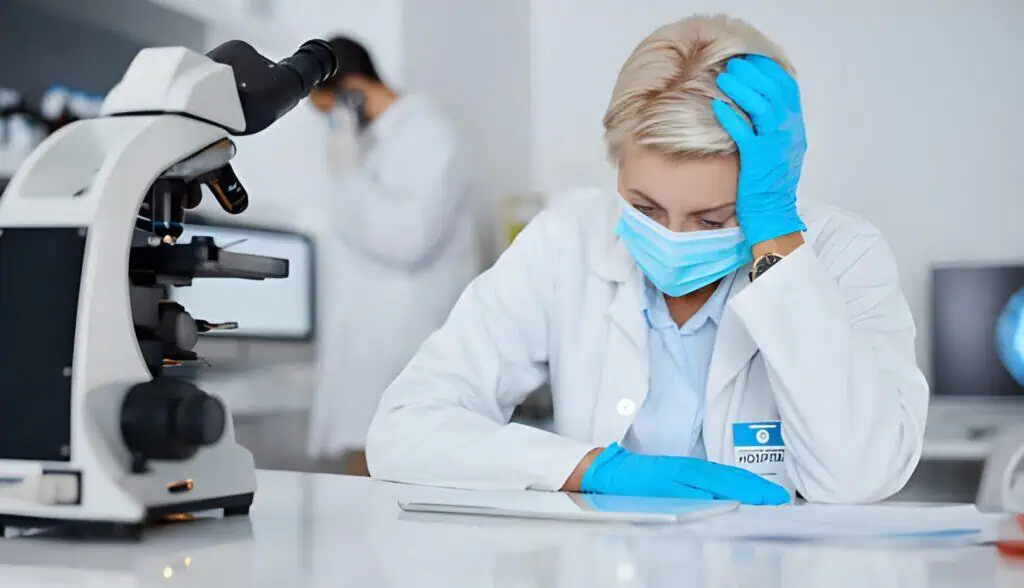
Rapid regulatory changes pose challenges; labs must adapt to evolving CLIA and ISO standards amid new technologies like AI. Inconsistent calibration and reagent quality lead to comparability issues. Accreditation is resource-intensive, with strict standards challenging programs. Emerging tech introduces privacy concerns and opaque algorithms. Workforce shortages exacerbate errors, with insufficient competent professionals delaying care.
Case Studies: Real-World Impact
In the Czech Republic, ISO 15189 accreditation grew to 260 labs by 2017, reducing errors and improving turnaround times. A U.S. study showed staff training reduced post-analytical errors significantly. CAP-accredited labs report fewer proficiency failures, enhancing patient diagnosis accuracy.
Future Directions
Trends include digital badges for micro-credentials, using blockchain for tamper-proof verification. AI will personalize assessments and integrate into education, predicting competency needs. Self-sovereign identity wallets may transform verification by 2025.
Conclusion
Credentialing and certification are vital guardians of standards in lab medicine, evolving from early registries to sophisticated systems that prioritize patient safety. As challenges like technology integration arise, future innovations promise enhanced efficiency and equity, ensuring lab professionals continue to uphold the highest standards.





